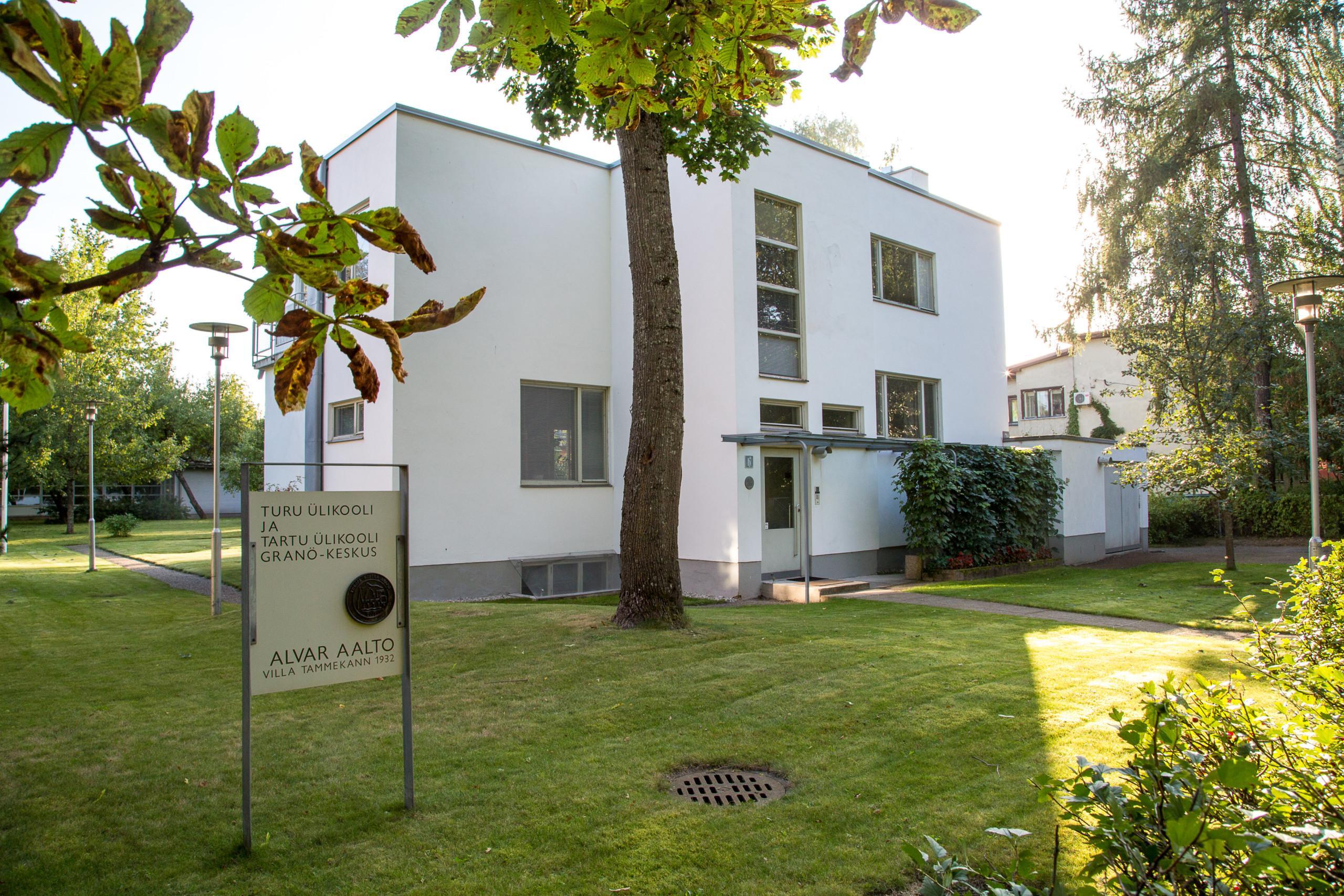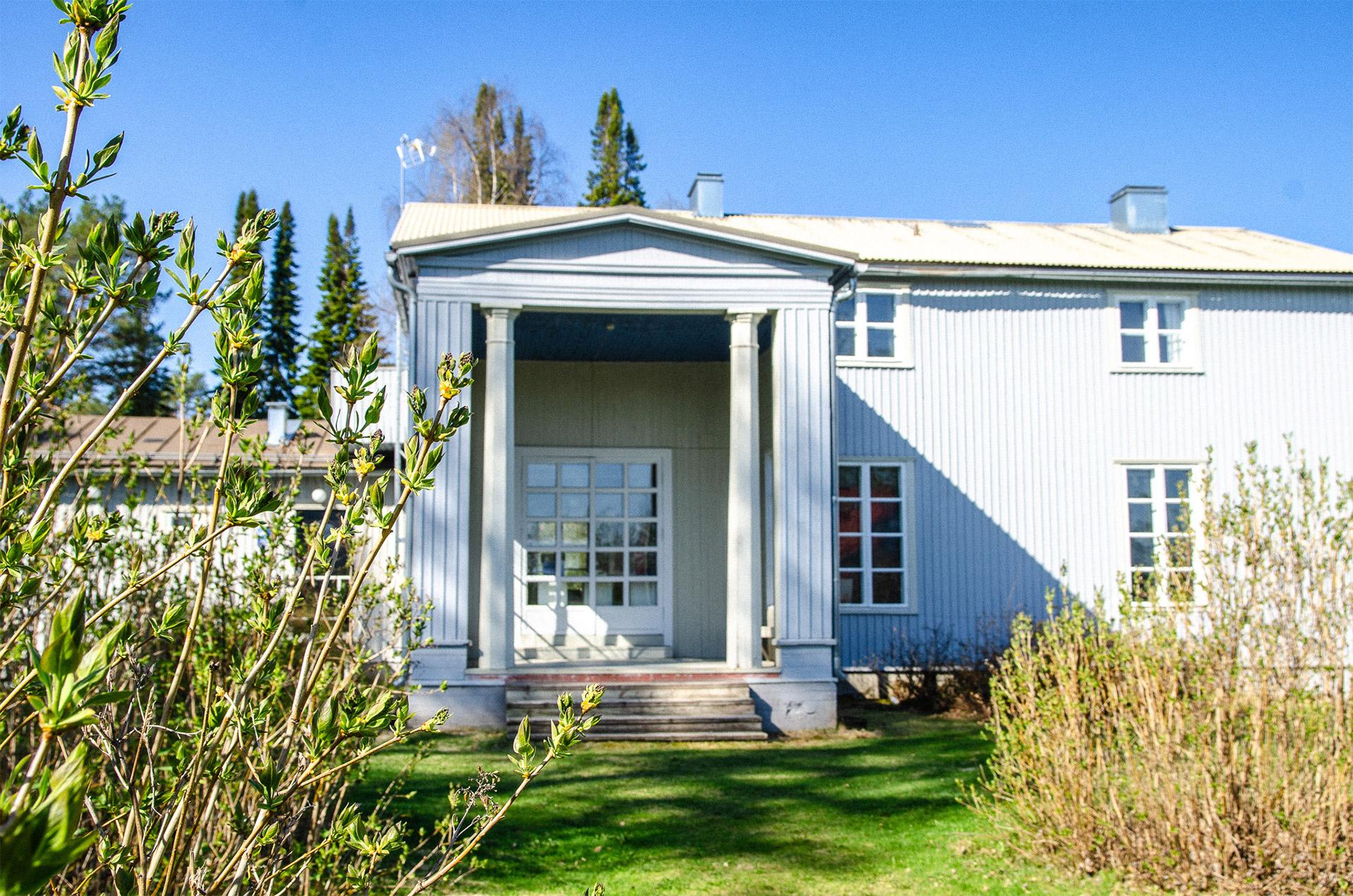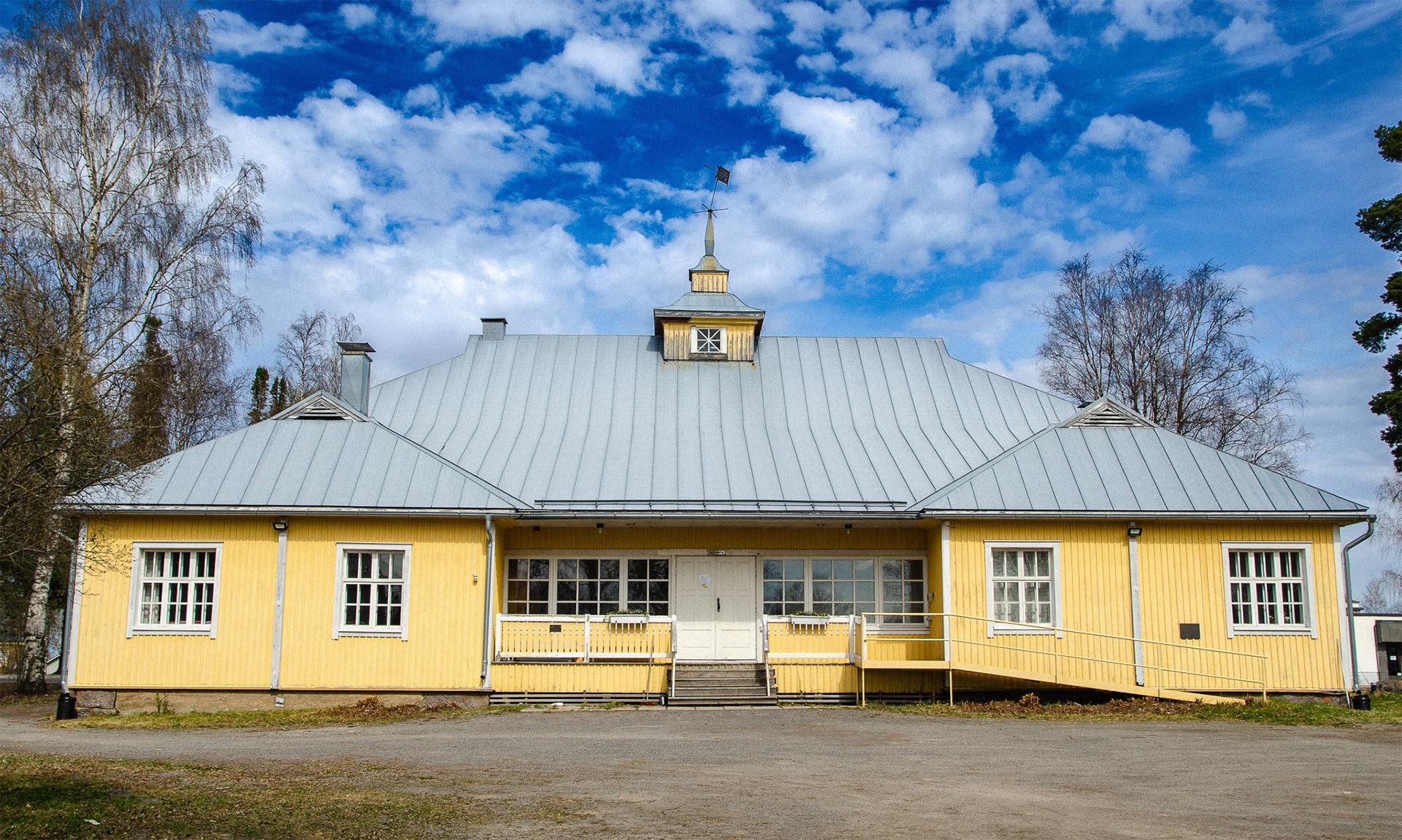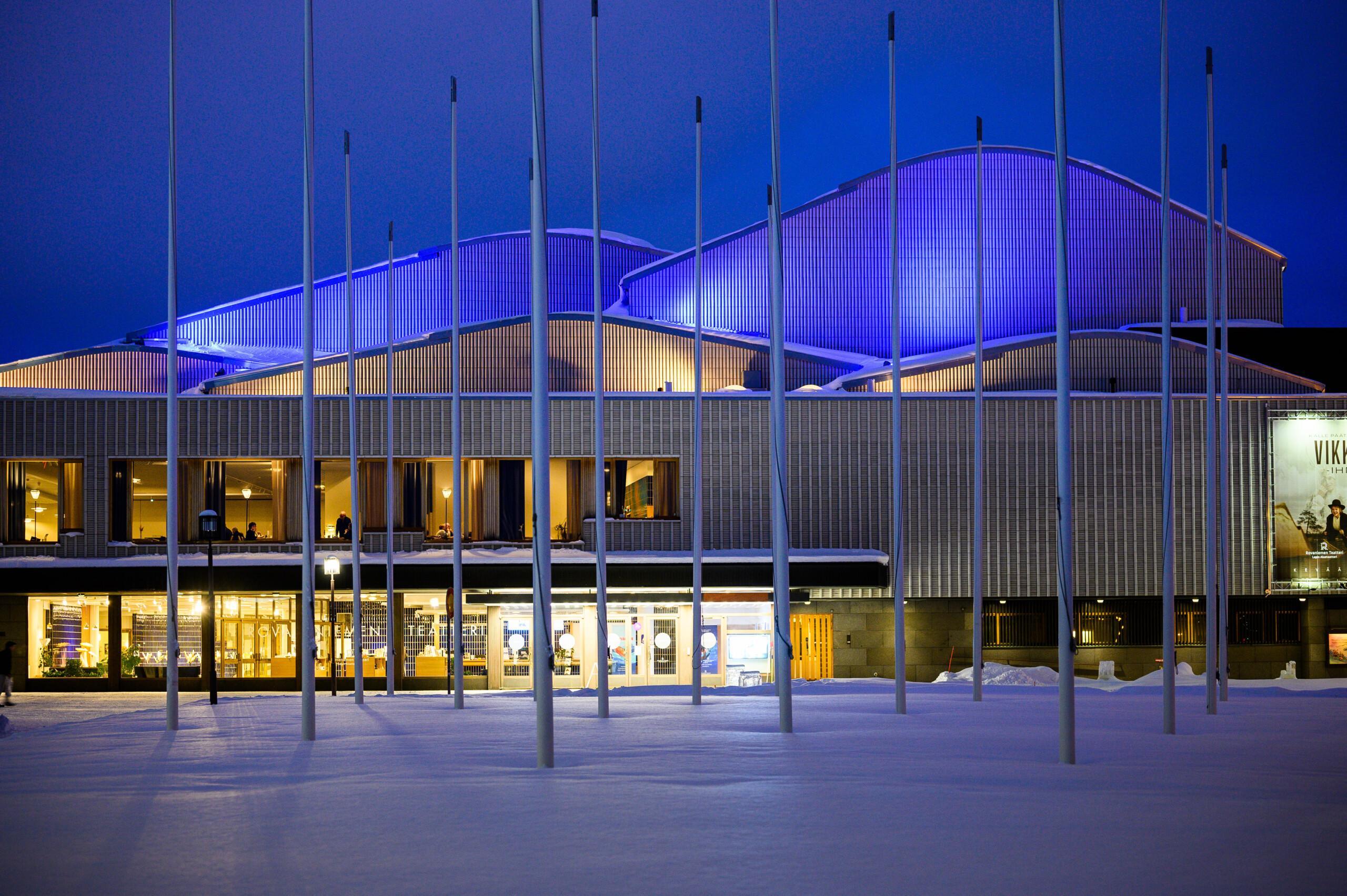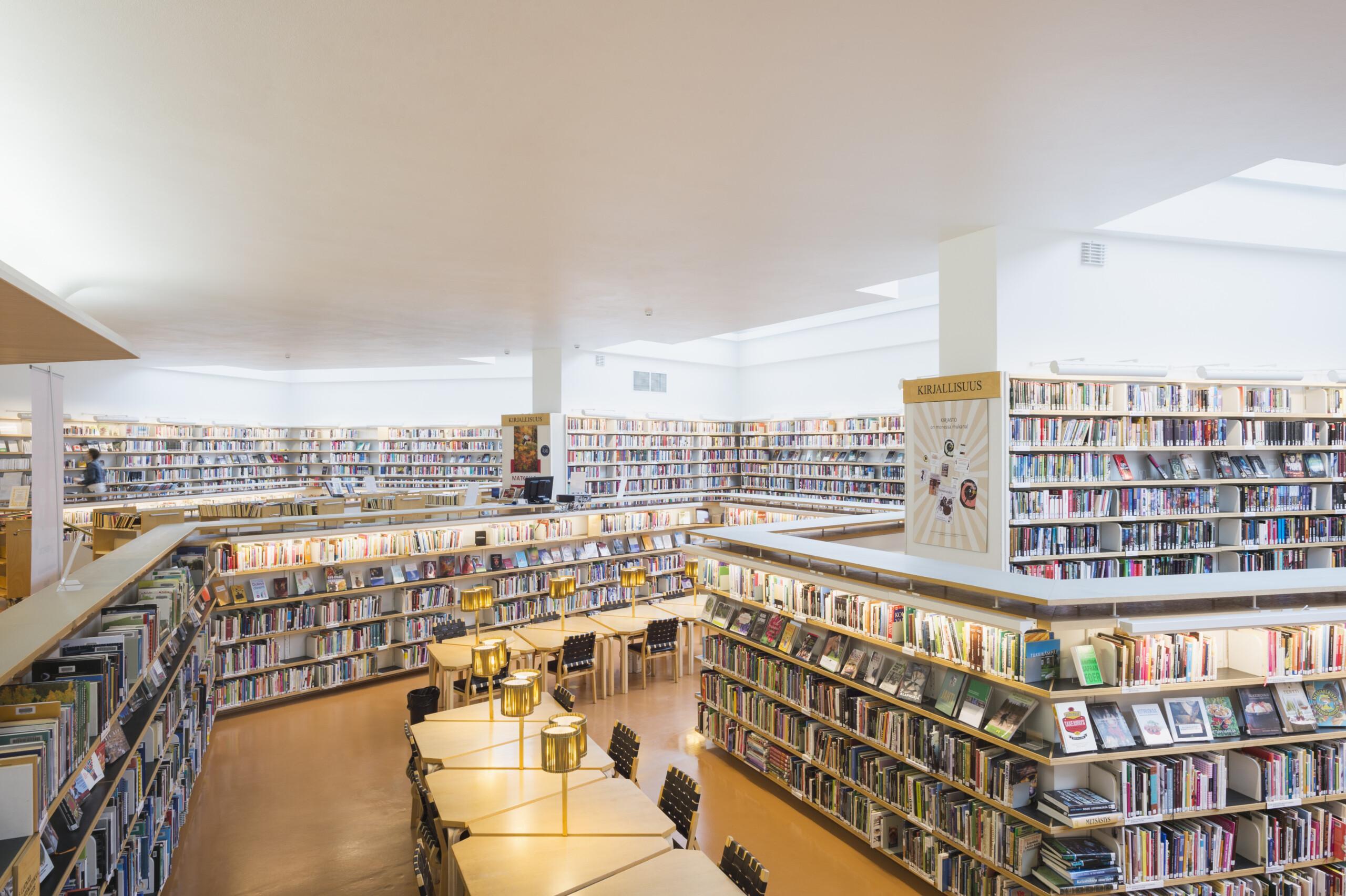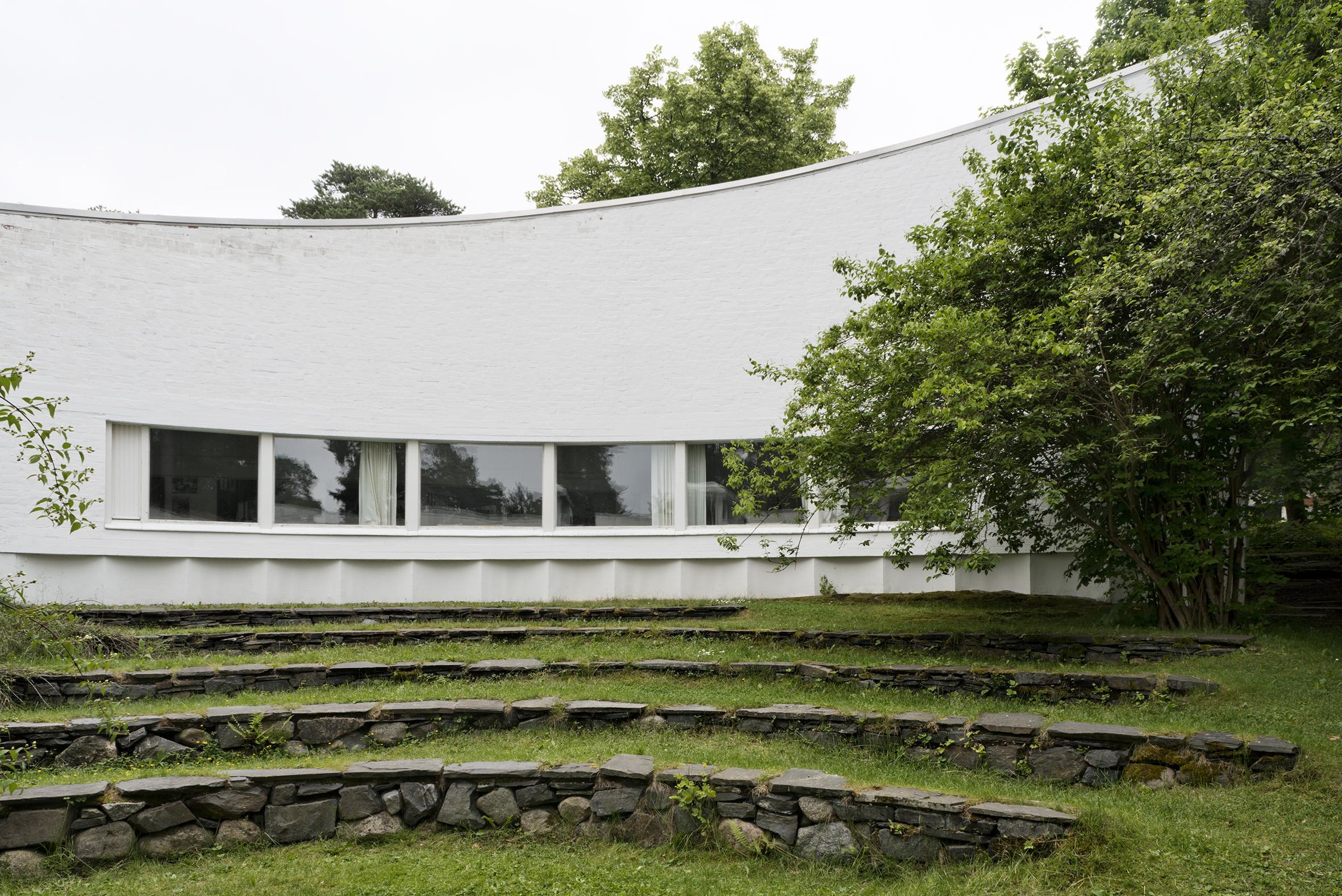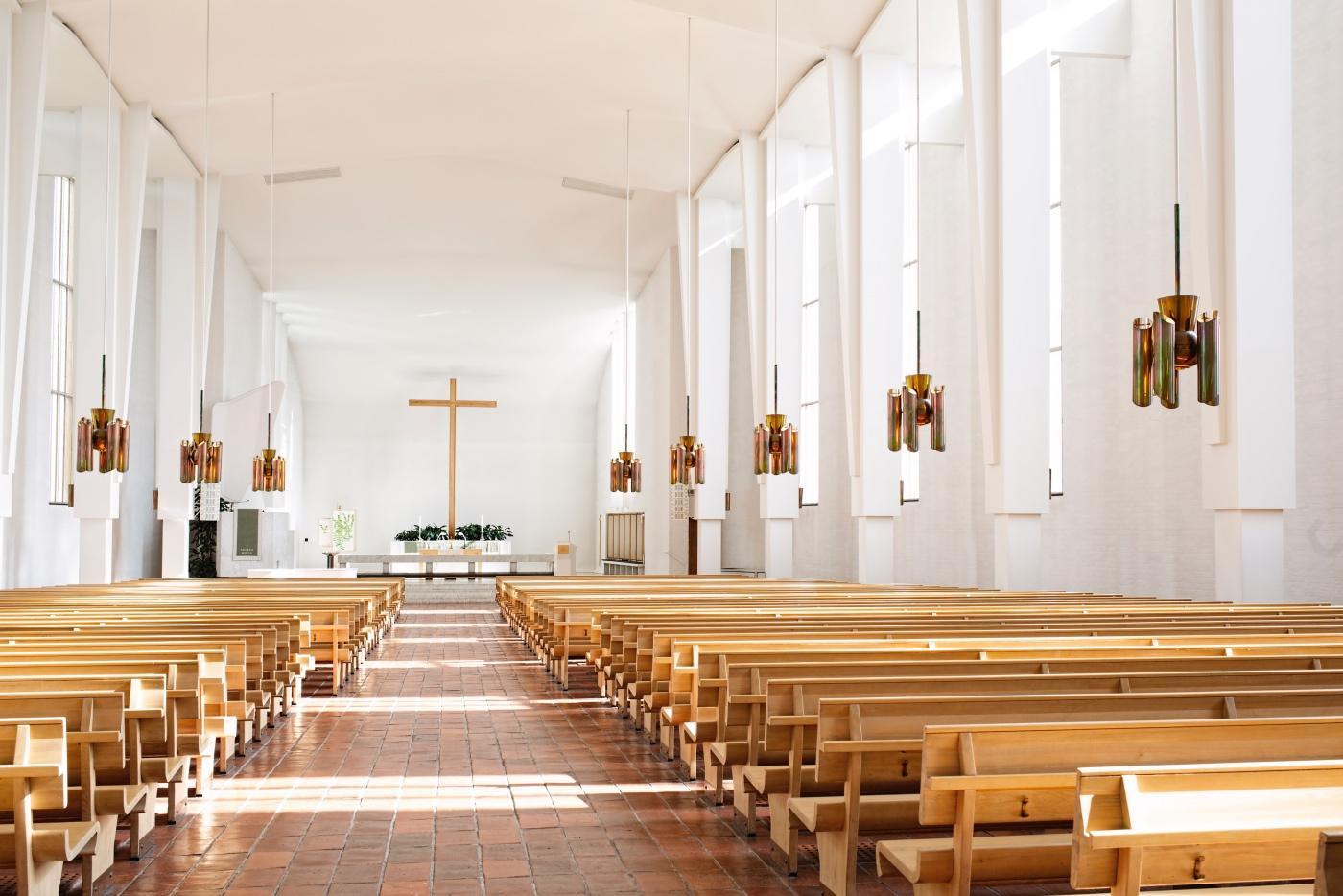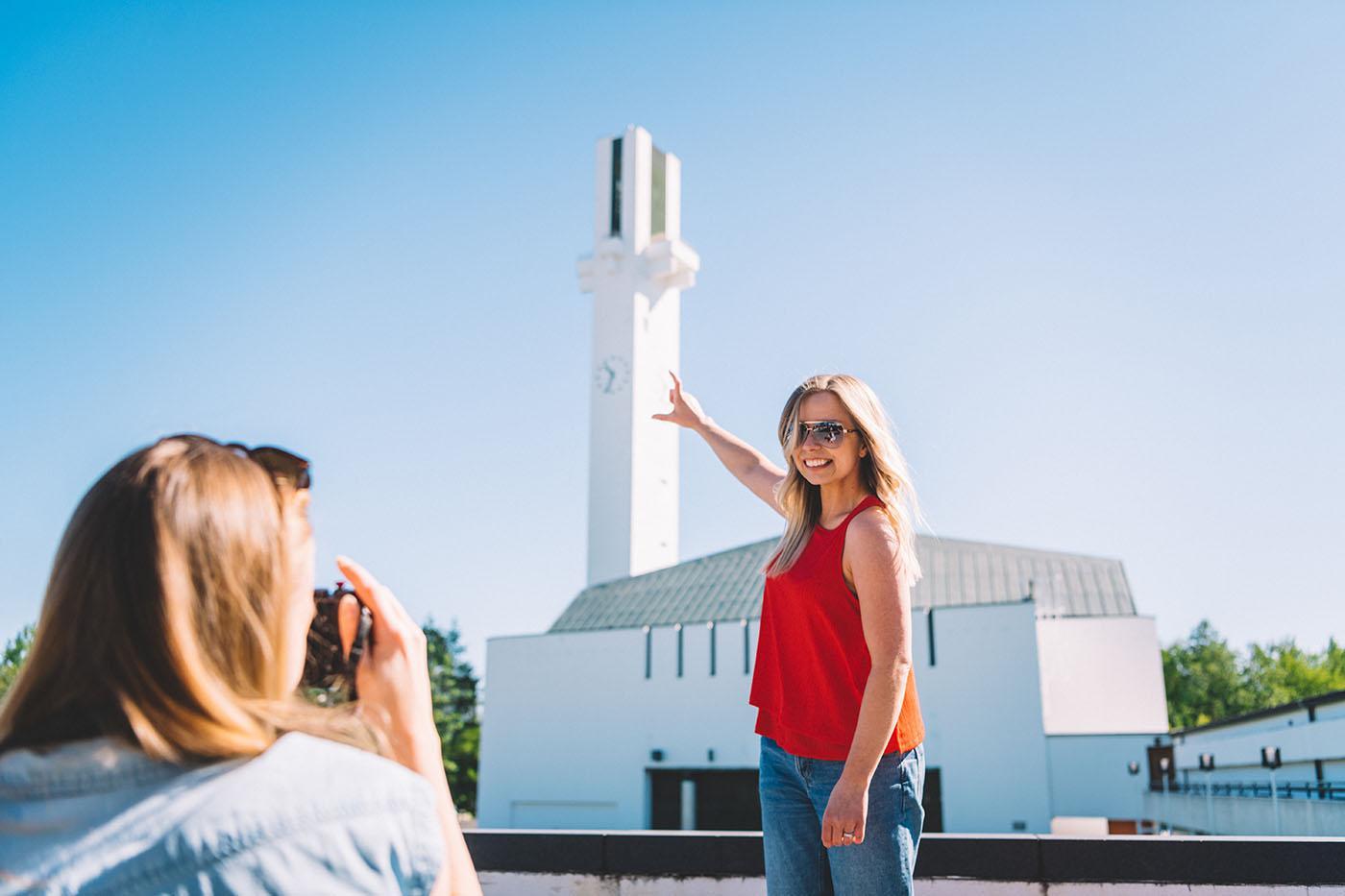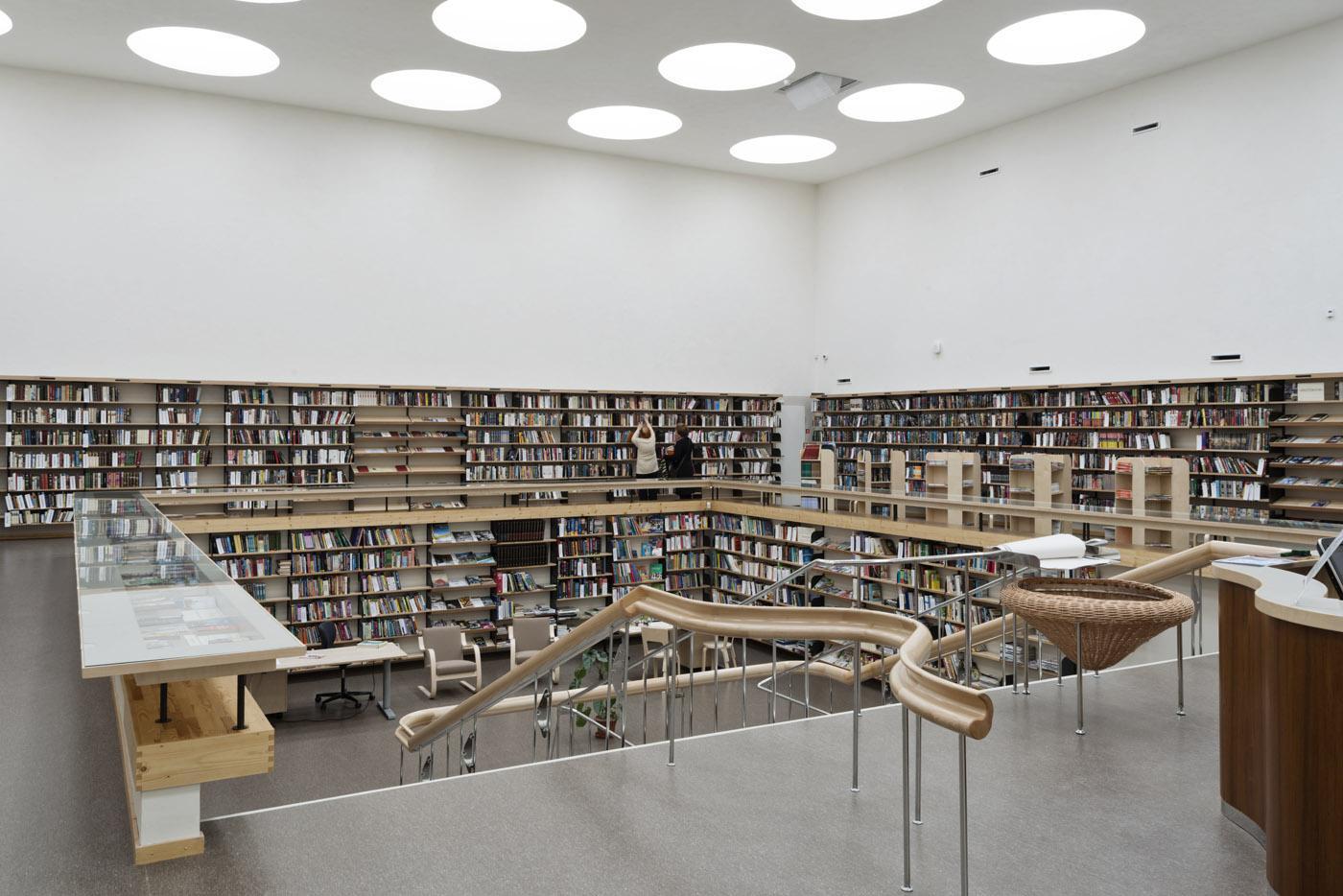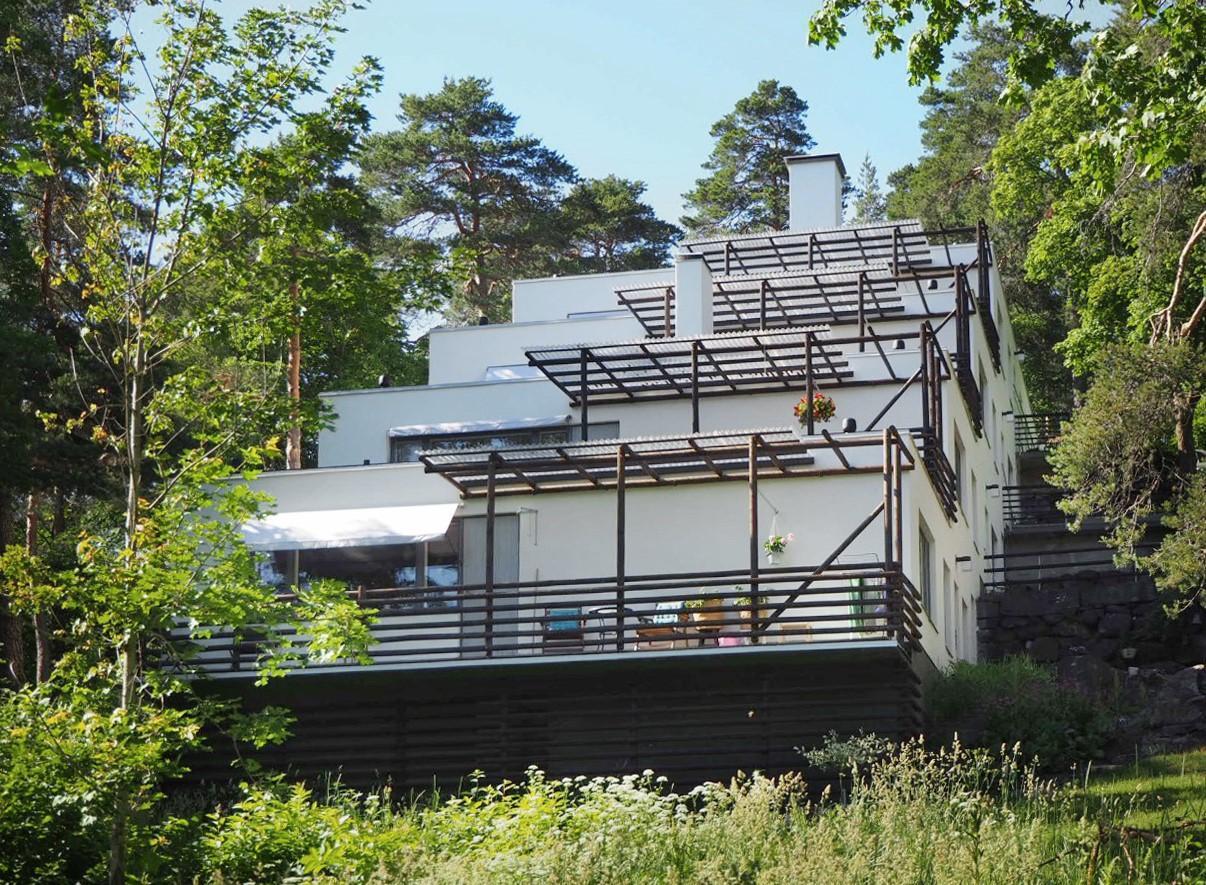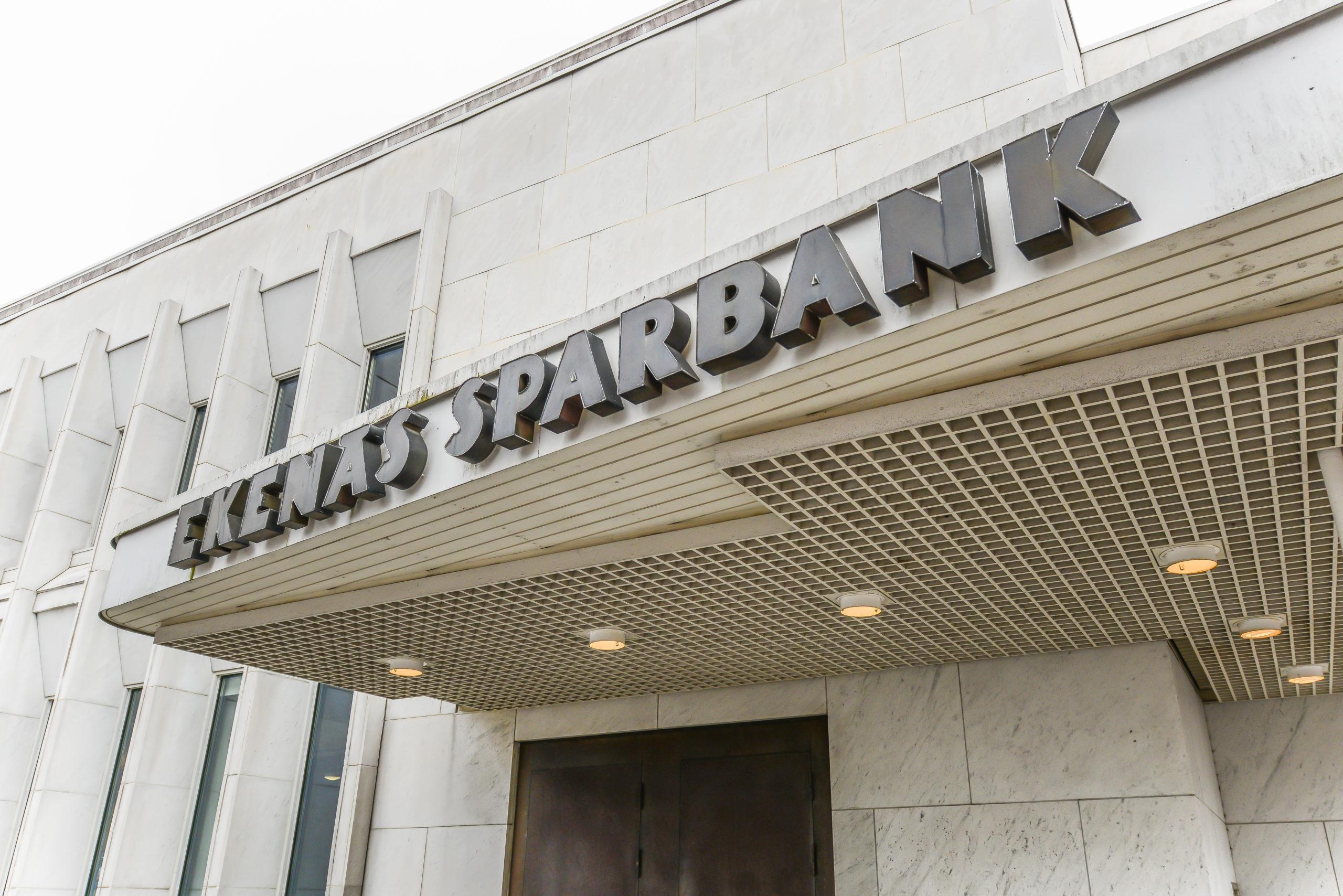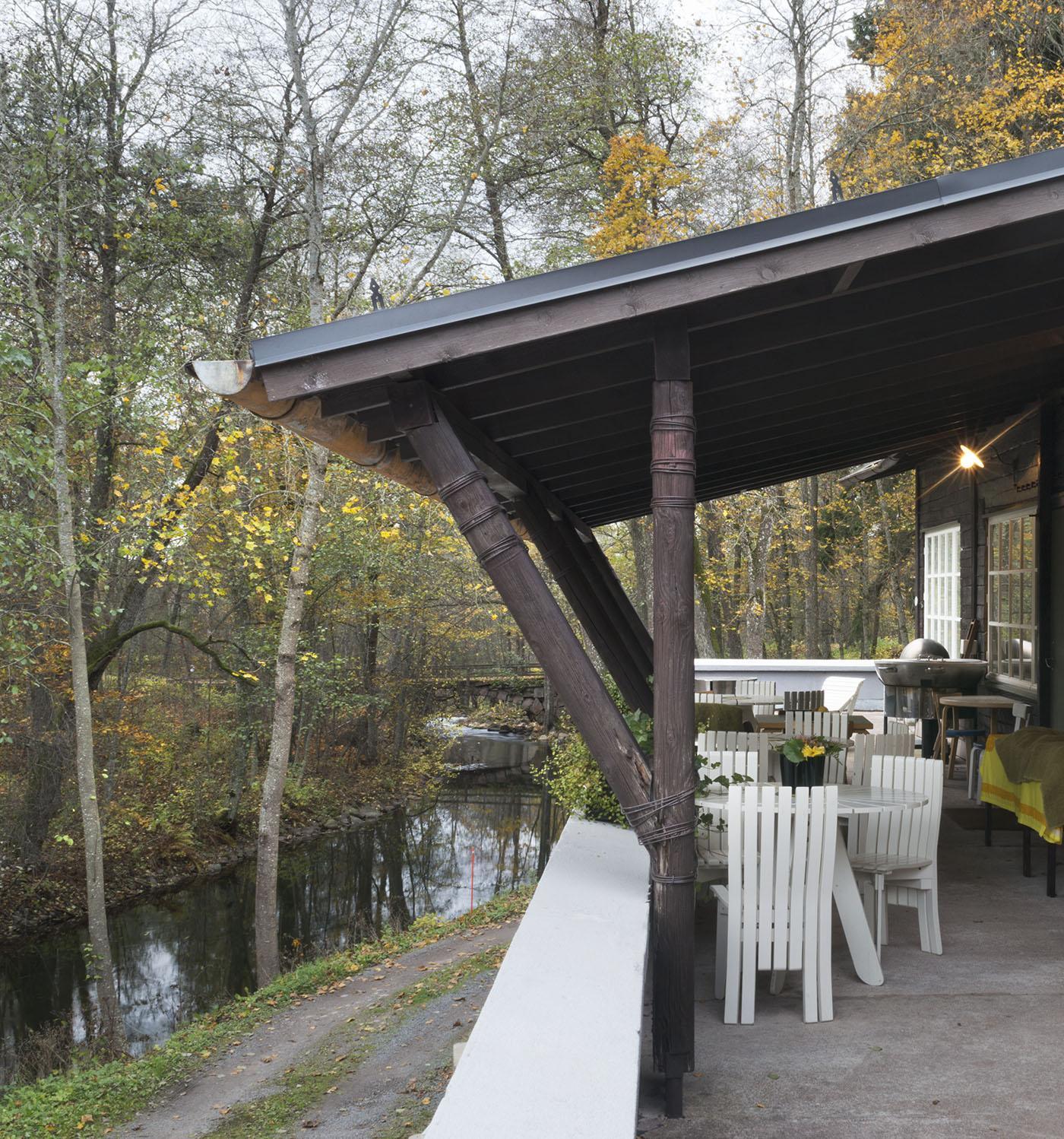Situated in Tartu, the Granö Centre of the universities of Turku and Tartu was opened in April 2000.
The Granö Centre is located in a house designed by Alvar Aalto in 1932 as the residence of Professor August Tammekann and his family. The Turku University Foundation purchased the building from the children of the family in 1998 and the Villa Tammekann was repaired following Alvar Aalto’s original designs as closely as possible. In 2001, The Turku University Foundation was awarded the prestigious EuropaNostra -medal.
The centre has been named after J. G. Granö, former rector of the University of Turku and professor of geography of the University of Tartu. J. G. Granö was one of six Finnish professors invited to Tartu in the early 1920’s and he contributed greatly to further Finnish-Estonian university cooperation, founding, for example, the Finnish-Estonian school of geographical thought. His son, Fellow of the Academy of Finland, Olavi Granö was the initiator for establishing the cooperative centre for the universities of Turku and Tartu.
The Granö-center operates today mainly as a residence for researchers. The stay for the individual scholars at Villa Tammekann lasts from 1-2 weeks up 12 months. The cosy athmosphere and good architecture creates new ideas and good motivation!
In 2012, Villa Tammekann was accepted onto the Iconic Houses -website, the international network connecting architecturally significant houses from the 20th century.
Villa Tammekann belongs to The Alvar Aalto Route – 20th Century Architecture and Design, as the only site in Estonia.
